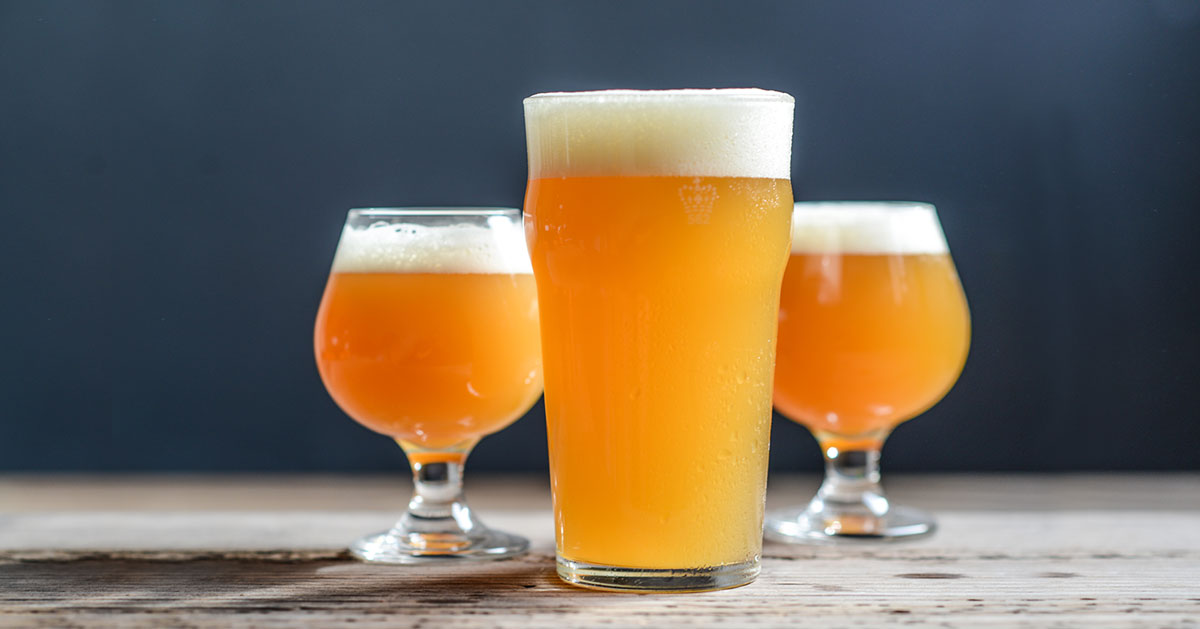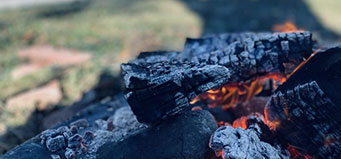Pure Land Pale Ale: Brewing with Patagonia Malts

Hello again, and welcome to another edition of Brew Along with Us, Great Fermentations’ monthly recipe blog! This month, we’ll be focusing on brewing with Patagonia malts, malts from Chile that brewers might not yet know about. While the style of beer we are brewing is not new itself, the malts we will use are new and exciting!
The history of Patagonia malts dates back to 1896, after a wave of German immigrants settled into the central and south of Chile, bringing with them the history and tradition of fine German beer making. Naturally, they brought with them brewing, malting, and barley cultivation. Two German brothers started the Talagante Malting Plant, which was purchased by the Chadwick family in 1916. Through consolidation and growth, the company owned by the Chadwicks eventually became what it is today, Maltexco S.A., the largest producer of base and specialty malts in Chile.
Maltexco S.A. works closely with farmers and developmental scientists to breed and create a superior malted barley product from start to finish, perfect for the production of world-class beers. They deal in a blend of Barke, Sebastian and Scarlett barley varieties that were brought over from Europe with the wave of German immigration. However, over the past 100+ years these barley varieties have been cultivated in Chile, they have been adapted to the unique geography, topography and climate found in the valley of the Andes mountains next to the Pacific Ocean. This long history in a unique environment has made for some truly unique malts with superior flavor and brewing characteristics!
Only recently has Great Fermentations been able to get ahold of Patagonia malts. While they are relatively new to the market here in North America, those brewers who have been lucky enough to use them have been astonished by the flavor and unique character contributed by Patagonia malts. The Patagonia Extra Pale can be used as a substitute for standard American 2-row brewer’s malt with astounding results. Patagonia also makes a range of unique crystal malts which are rich and delicious!
Want to see what all of the fuss is about? Brew along with us!
Pure Land Pale Ale, so named due to the purity of the Patagonia region, is basically a standard pale ale with no big surprises. It uses straight Cascade hops utilized in three additions, and standard Chico yeast to ferment. This simplicity is in order to focus on the malts: Patagonia extra pale as the base, with a blend of Patagonia crystal 90L & 190L for body, color, flavor, and head retention. While these are a bit dark and will lead to a pale ale that borders on the dark side for the style, the crystal malts will also contribute a light complexity like no other. It is a relatively simple recipe, but it should yield a very enjoyable and unique pale ale!
Give it a try, and remember, as always, to give us feedback! We’d love to hear what you think about these malts. Cheers!
Pure Land Pale Ale Recipe (for final volume of 5.5 gallons)
Specs
Estimated O.G. = 1.048
Estimated F.G. = 1.010
Estimated ABV = 5.0%
Estimated bitterness = 30 IBUs
Grain Bill
9 lbs. Patagonia extra pale malt
0.75 lb. Patagonia Crystal 90L malt
0.25 lb. Patagonia Crystal 190L malt
Hops
0.5 oz. Cascade hops (7.1% AA), added at the beginning of the 60 minute boil
1 oz. Cascade hops, added with 15 minutes left in the boil
1 oz. Cascade hops, added at knockout while whirlpooling – let steep in the whirlpool for 10 minutes
Yeast
1 to 2 packs (or make an appropriate starter) Wyeast 1056 American Ale, White Labs WLP001 California Ale, or 1 to 1.5 packs Safale S-05 dry yeast.
Brewing Process
- Mash at 150F for 60 minutes. Proceed with boil as normal.
- Chill to 68F, pitch yeast and ferment at 68F for two weeks.
- A secondary fermentation for one week to improve clarity is optional.
Extract Version: Replace the Patagonia extra pale malt with 6 lbs. of light dry malt extract. Steep the specialty grains (Patagonia crystal 90L and Patagonia crystal 190L) at 150-155F for 30 minutes using a muslin grain bag. Remove the bag, allowing the grains to drain into the boil kettle. Turn off the flame and dissolve the extract in the kettle. Turn the flame back on, bring to a boil and proceed as normal.



I just transferred to secondary and was wondering about carbonation. Specifically, how much? Looking forward to tasting. Thanks.
Dave – I always say carb level is personal preference, but if you want to get down to style guidelines, then ~2.5 vols of CO2 should be good. That is roughly 4.3 oz of priming sugar for a 5 gallon batch. Hope you enjoy the beer!